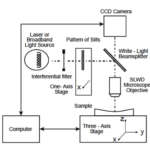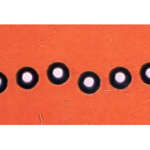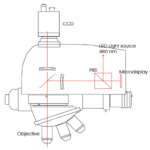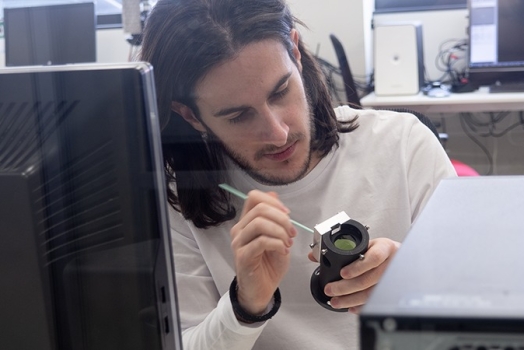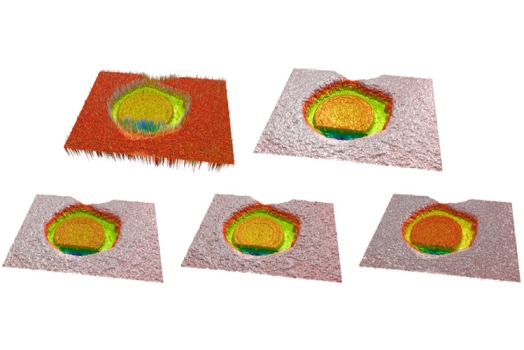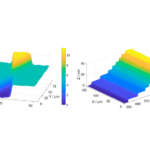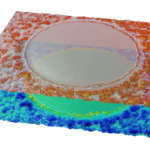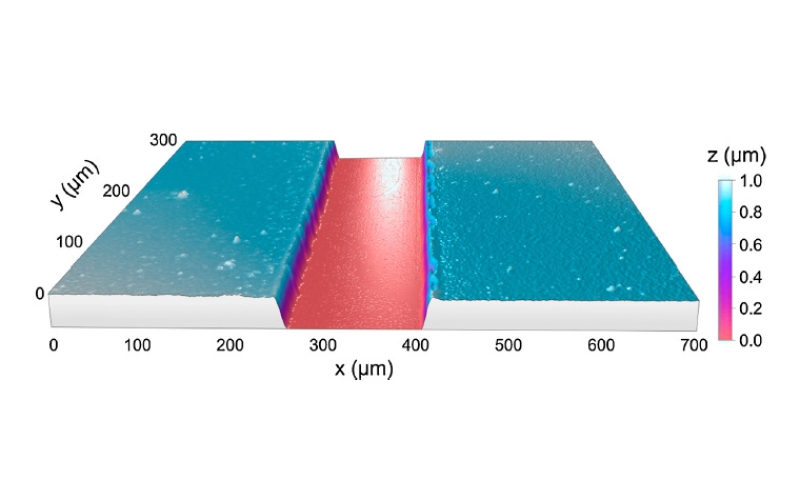
Printing of silver conductive lines through laser-induced forward transfer
Holder of several patents in the field of Optical Surface Metrology.
Technical committee member of the ISO 25178.
Co-founder of Sensofar in 2001.
Roger has been working since 1997 to the present at the Centre for Sensors, Instruments and Systems Development (CD6) as optical engineer researcher. From 2005 to the present is part of the TG WG16 committee of the ISO25178 standard which is applied in the field of equipment developed in Sensofar. Currently he holds the position of President and CTO at Sensofar Tech SL.
Printing of silver conductive lines through laser-induced forward transfer full article
C.Florian1, F.Caballero-Lucas1, J.M.Fernández-Pradas1, S.Ogier2, L.Winchester2, D.Karnakis3, R.Geremia3, R.Artigas4, P.Serra1
1Universitat de Barcelona, Departament de Física Aplicada i Òptica, IN2UB, Martí i Franquès 1, E-08028, Barcelona, Spain
2Centre for Process and Innovation Ltd, The Wilton Centre, TS10 4RF, Cleveland, United Kingdom
3Oxford Lasers Ltd, Unit 8 Moorbrook Park, OX11 7HP, Didcot, United Kingdom
4Sensofar-Tech, S.L. (Spain)
Applied Surface Science, Volume 374, 30 June 2016, Pages 265-270
Abstract
The generation of conductive lines from liquid inks through laser-induced forward transfer (LIFT) is achieved by printing a sequence of overlapping droplets. This procedure, however, is not free from drawbacks: the formation of continuous lines is often accompanied with undesired scalloping or bulging. In this work we present an innovative method consisting in the deposition of conductive ink through LIFT inside fluidic guides produced by laser ablation. The aim of the approach is that the guides confine the liquid within them so that the most common defects can be prevented. The production of guides through laser ablation followed by LIFT of ink inside them has proved that it is possible to find conditions in which the total confinement of liquid within the guides is achieved with good uniformity all along the line. This proves the feasibility of the proposed approach for printing continuous lines free from scalloping and bulging with excellent definition.



